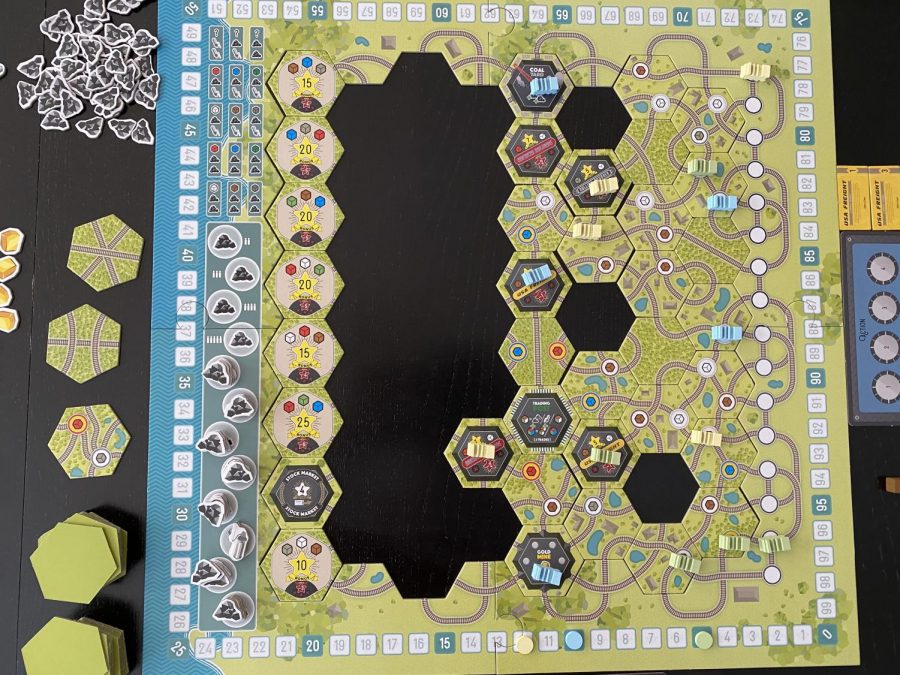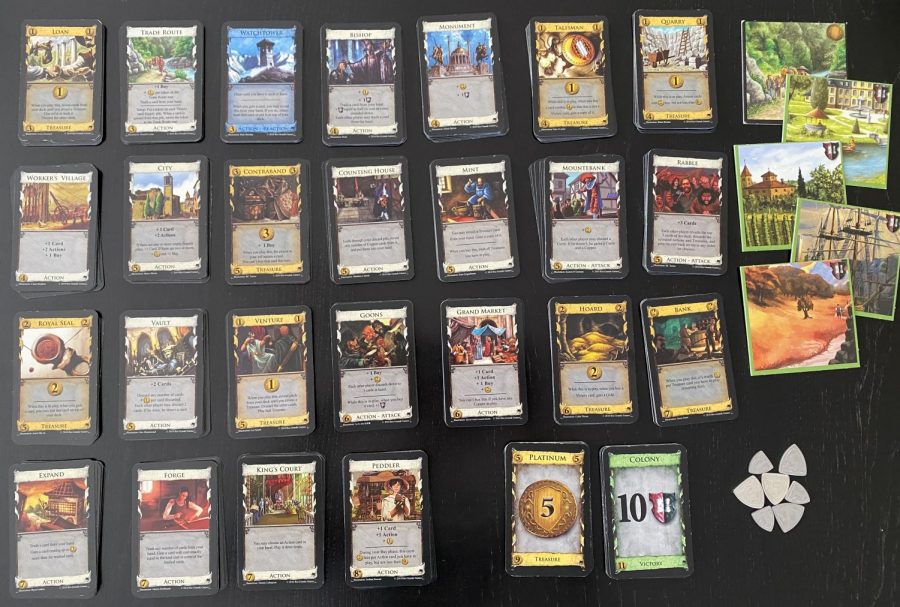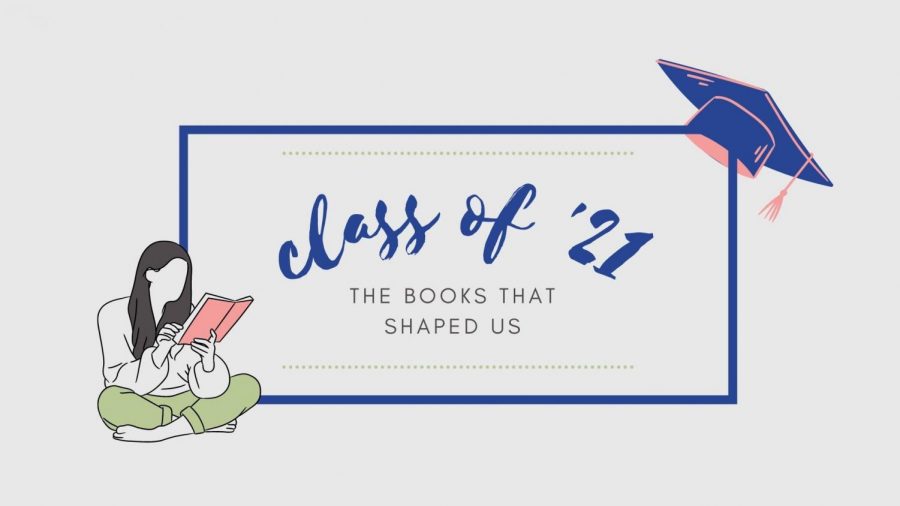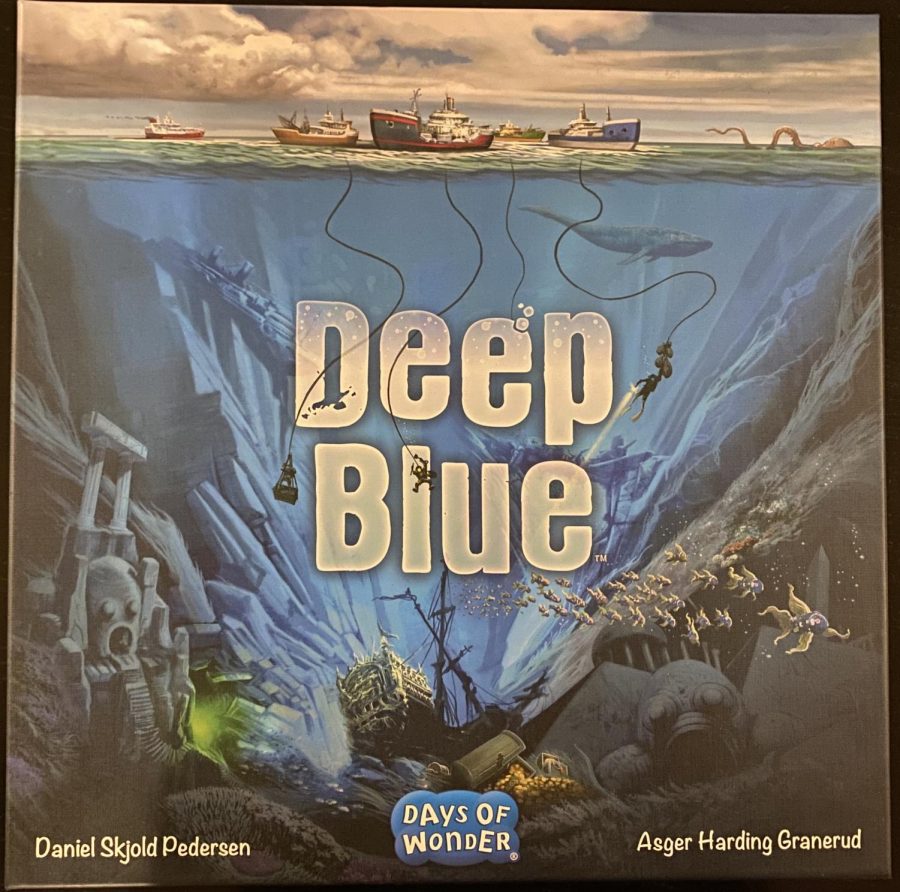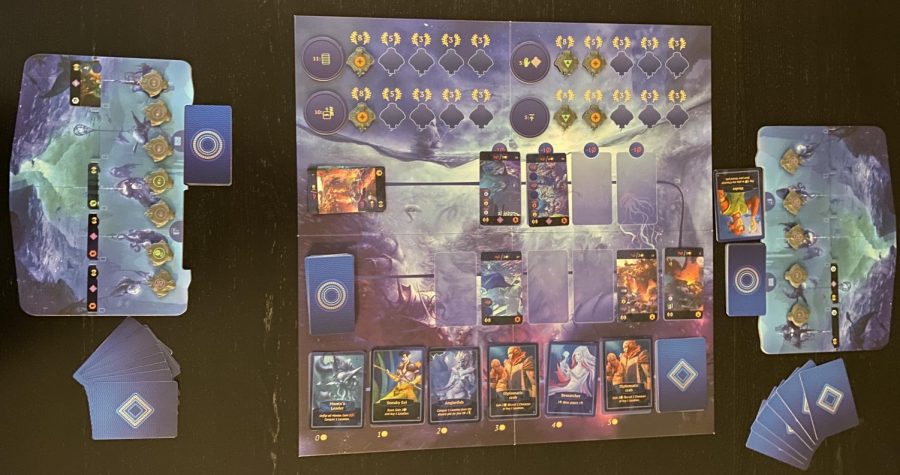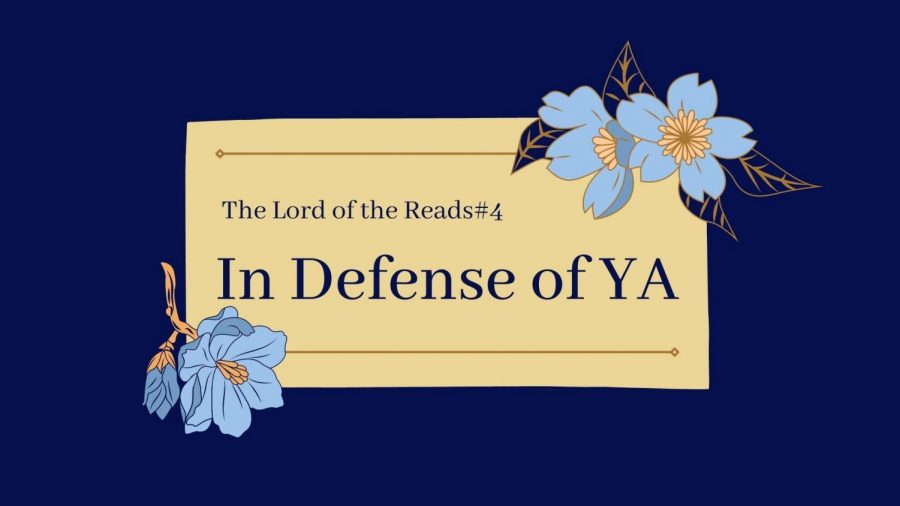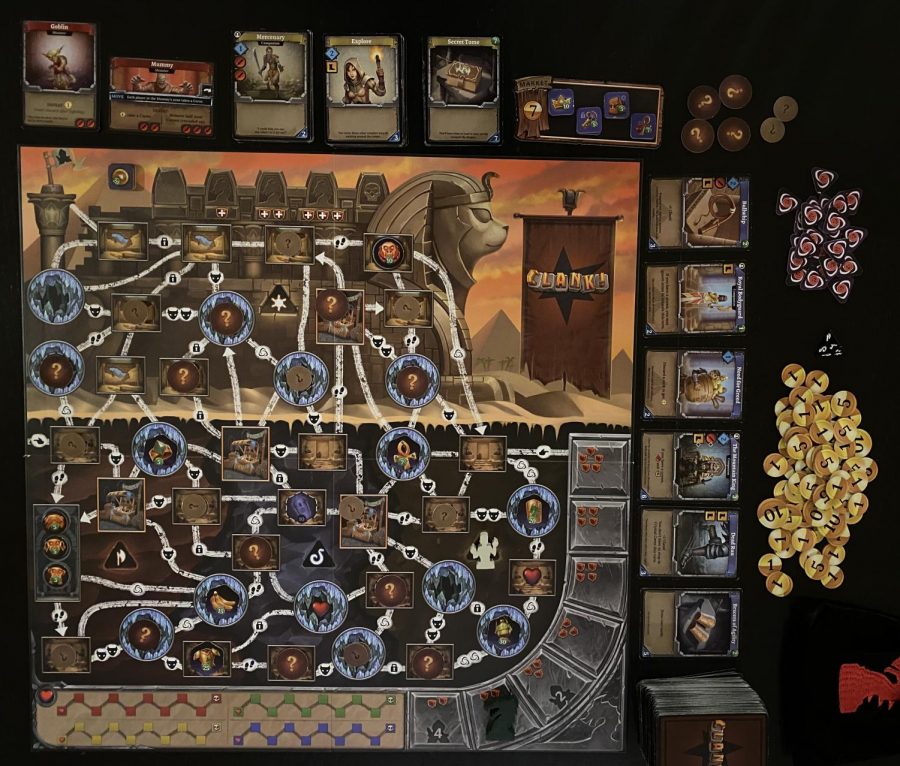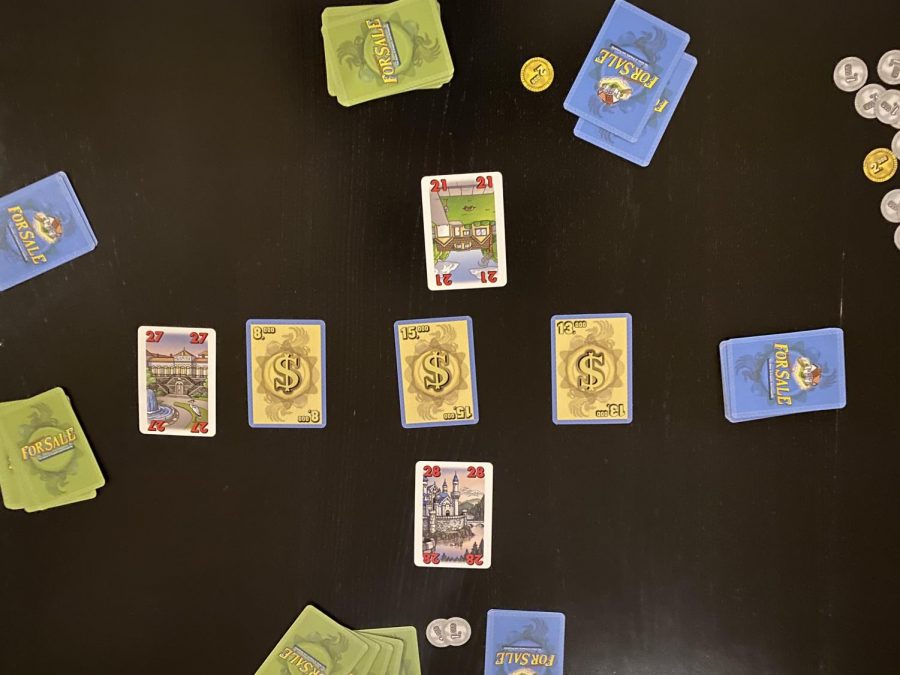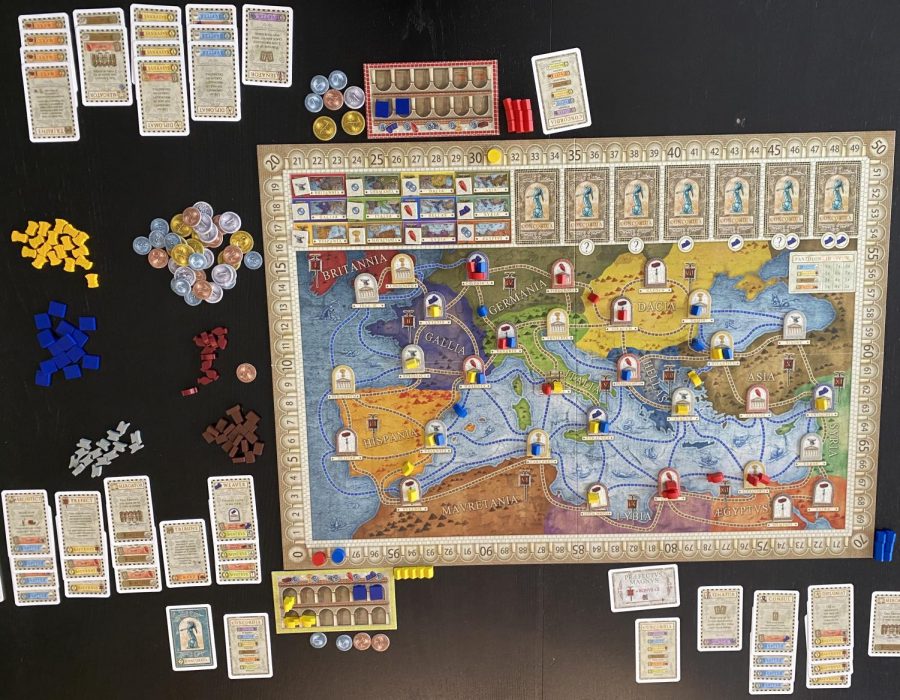
If you have not read the previous article in this blog series, this post likely won’t make sense. The last post can be found here.
Over the last two weeks, I have been practicing extensively in my quest to learn the skills necessary to play simple songs by ear.
For a quick refresher, I have been using the app Functional Ear Trainer, which trains users to recognize the position of notes in a song relative to the tonic, or root note. It tries to make the notes recognizable using “resolutions,” which it repeats over and over until the user has them fully memorized.
Two weeks ago, when I started, I was only able to identify 60% of the notes, but with about 7 hours of practice, my average has risen to almost 90% accuracy. While this isn’t perfect, I think it is good enough for learning how to play a song by ear, especially since I was able to pinpoint the majority of my wrong notes to one of two options.
Unfortunately, recognizing the notes in an actual song will be much harder. The app provides an ideal setting by playing the notes slowly, with repetitions of the resolutions in between, and uses specific chords to make identifying the resolution easier. However, hearing the song played at its original tempo, without this setting, will be more difficult. Also, I have to learn how to play the notes that I recognize on the piano, although I think this is the easier part.
First, I have to remove the resolutions and chords that the app plays and replace them with a more realistic “musical context.” I plan on using ChordChord‘s random chord generator, which mimics what you might hear in a pop song.
The other way I need to improve my recognition skills is by speeding up the notes, but this shouldn’t be a major problem if I gradually speed up the notes using the app’s settings.
As for getting the notes I recognize onto the piano, I plan on starting by putting stickers with the solfege syllables (do, re, mi, etc.) on the corresponding piano keys for C major until I have them memorized. I will only be able to play songs in the key of C major, but expanding the ability to other keys should be trivial. I am just saving them for a later time.
Overall, I am satisfied with my progress, but I have a lot more to learn before I attempt to play a song by ear next week. Depending on how quickly I progress, I may need to take a few shortcuts, such as slowing down the song I’m learning, but hopefully, this won’t be necessary.
Check in next week for more progress.


